Spinal disc herniation is a very common disease that can occur in many different subjects from the elderly to the young. The disease is often treated with medication, physical therapy and rest. However, 20% of patients need surgery to be cured completely. However, the fear of paralysis and pain from surgery causes many patients to miss the opportunity to escape the sequelae of paralysis.
With the development of surgical equipment, instruments and surgeons' skills, endoscopic surgery to treat spinal disc herniation is now applied in major medical facilities nationwide with many outstanding advantages.
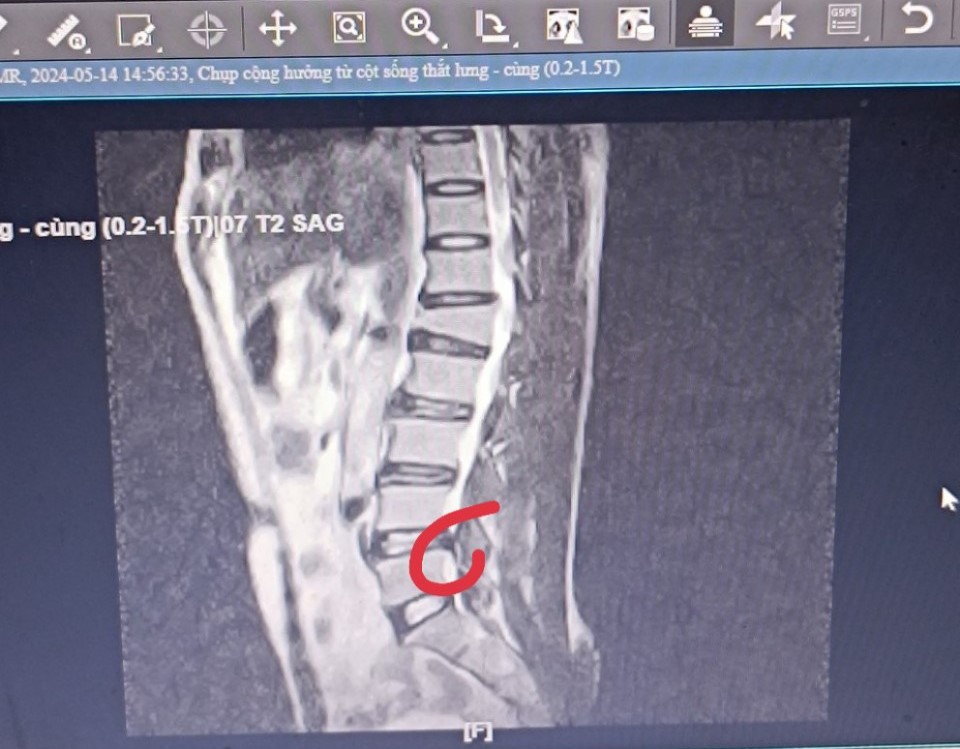
Image of Mr. T.'s L4 L5 disc herniation on MRI.
Mr. NTT (44 years old, Quang Thach, Quang Xuong district, Thanh Hoa ) was admitted to the Department of Neurosurgery - Thoracic, Thanh Hoa General Hospital with severe back pain, pain spreading down both legs, continuous pain even when lying down, accompanied by muscle weakness, difficulty walking and daily activities. In addition, 5 years ago, Mr. T. was also diagnosed with type 2 diabetes.
Mr. T. said that 10 years ago, he was diagnosed with a herniated lumbar disc. He went to many places and tried many treatment methods but they did not help. His family was worried that surgery would cause paralysis, so they did not allow him to undergo this treatment. However, recently, the disease has become more severe, causing numbness in his legs and severe back pain, so Mr. T. went to Thanh Hoa Provincial General Hospital for treatment.
Based on clinical examination and lumbar spine MRI results, doctors diagnosed Mr. T. with L4 L5 disc herniation and severe right L5 lateral stenosis.
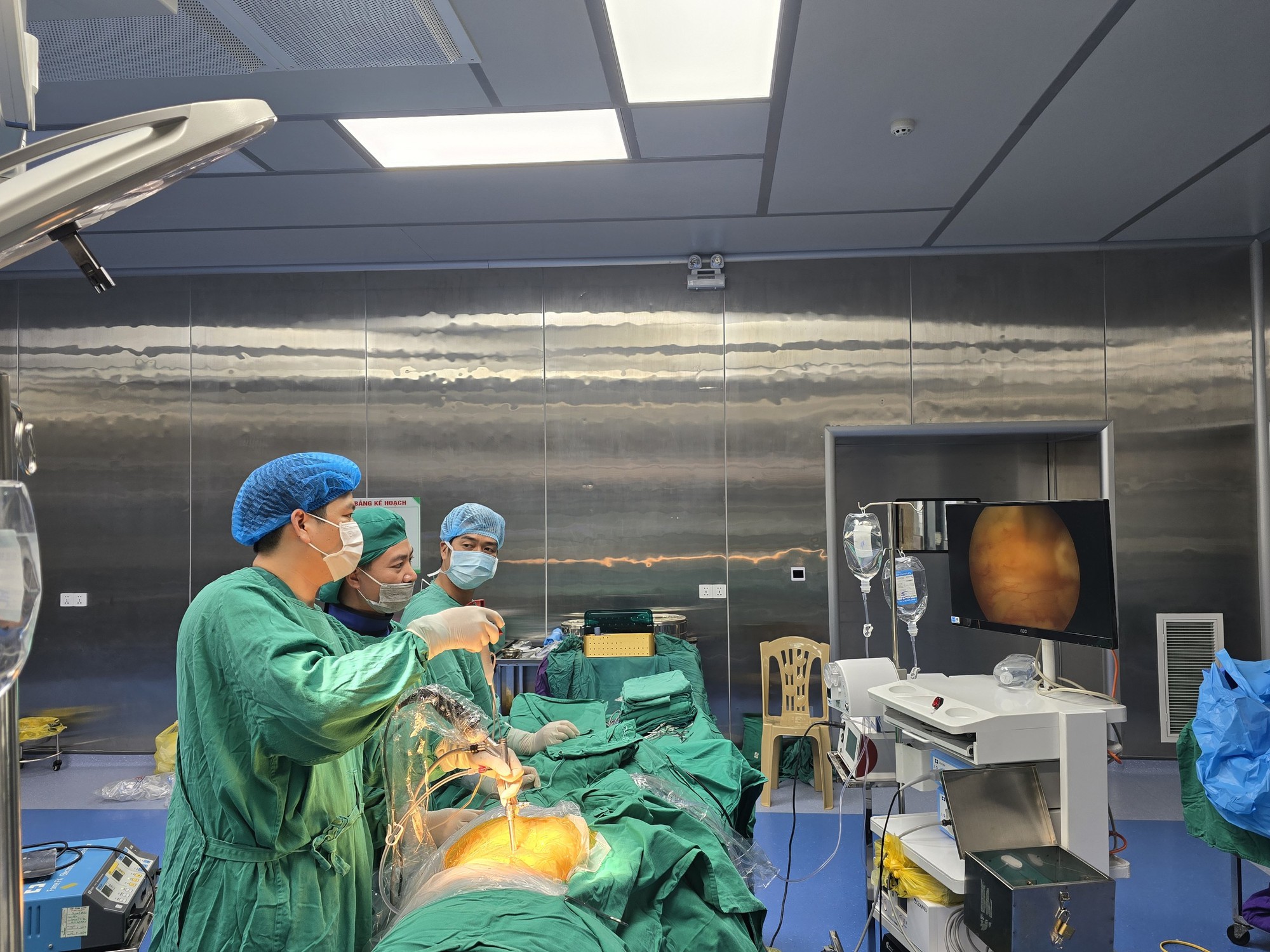
The medical team of the Thoracic Neurosurgery Department performed surgery on patient T.
The patient was indicated for endoscopic spinal surgery to remove the herniated disc and release the nerve. This method is often applied to cases of herniated disc compressing the nerve root that have been treated with internal medicine but failed.
Before the surgery, Mr. T. was tested and his blood sugar was adjusted to reduce the risk of complications because the patient had a long history of diabetes. If blood sugar is not controlled well before, during and after surgery, the risk of infection is 4 times higher than normal people, the wound will be difficult to heal, and the bone healing rate will be slow.
By opening a small incision of about 1cm on the skin, the doctor inserts an endoscope and surgical instruments to access the spine and relieve pressure on the nerves and spinal cord.
With the support of a modern C-arm system, after 1 hour, the team of doctors successfully performed endoscopic surgery to remove the herniated mass and relieve pressure on the patient's nerves and spinal cord (right L5 lateral recess).
One day after the surgery, Mr. T. happily said that he could walk normally, move well, and the numbness and pain that had plagued him for the past 10 years had disappeared. He was quite surprised that the incision was small, healed quickly, and did not affect his appearance.
Due to the underlying disease of diabetes, the patient continued to monitor his blood sugar several times a day, adjusted his diet and used appropriate medication. After 1 week of treatment, Mr. T. was discharged from the hospital with the joy and happiness of his whole family.
Dr. Le Ngoc Bien - Head of the Department of Neurosurgery - Thoracic, Thanh Hoa General Hospital said: Herniated disc is a phenomenon in which one or more discs located between the vertebrae are damaged, slipping out of their original position, causing compression on the spinal cord and nerves in the spinal canal, leading to pain and sensory disturbances at the site. Depending on the location of the nerve compressed by the disc, there will be different signs and complications.
In Mr. T's case, the disc compresses the nerves in the lumbar region. If not treated properly, it will lead to incontinence, gradual atrophy of the limbs, and loss of the ability to walk.
Spinal endoscopy for disc herniation treatment has the following advantages: minimally invasive, small incision, thereby limiting blood loss during surgery, less post-operative pain and faster recovery. In addition, this method also helps maintain normal range of motion of the spine, the prognosis is that the patient can be discharged after 3 days of surgery. Full recovery time is about a month.
Dr. Le Ngoc Bien recommends that patients should see a doctor early when there are warning signs of cervical disc herniation such as pain in the neck and shoulder area, pain spreading to one or both arms, fingers, and hands. Symptoms of lumbar disc herniation can be severe pain in the lumbar region, pain spreading to the hips, thighs, calves, feet, and toes, causing leg weakness.
Thanks to mastering spinal endoscopy techniques, in recent years Thanh Hoa Provincial General Hospital has successfully treated many patients with spinal disc herniation.





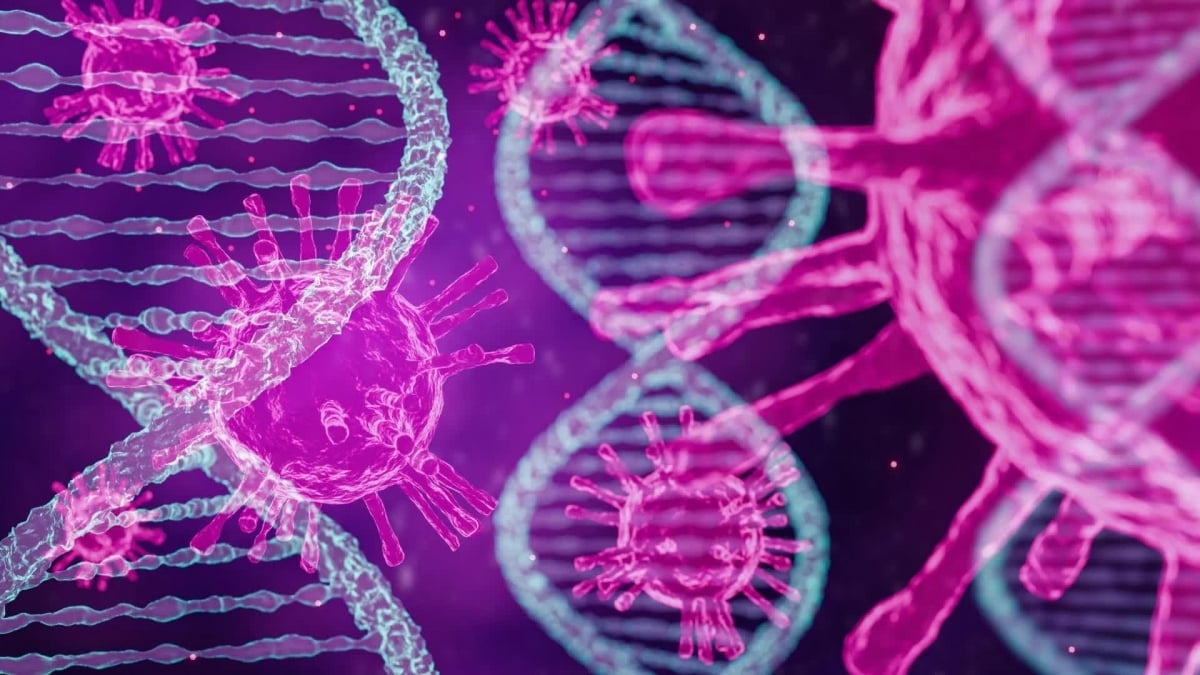

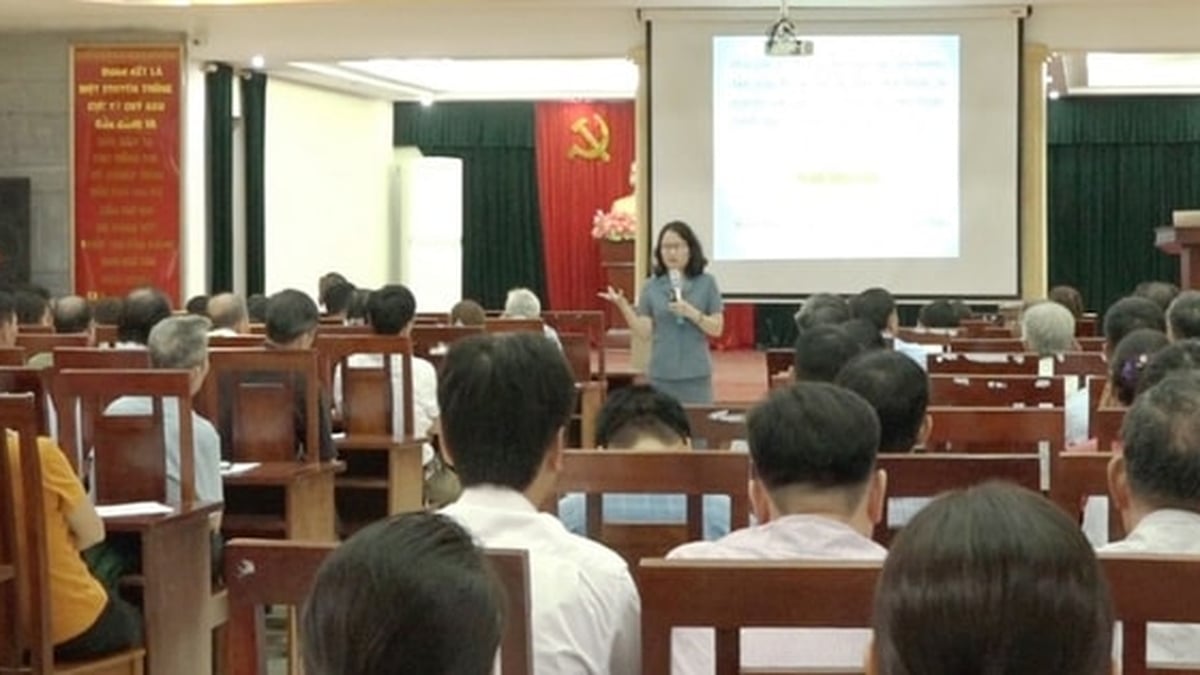



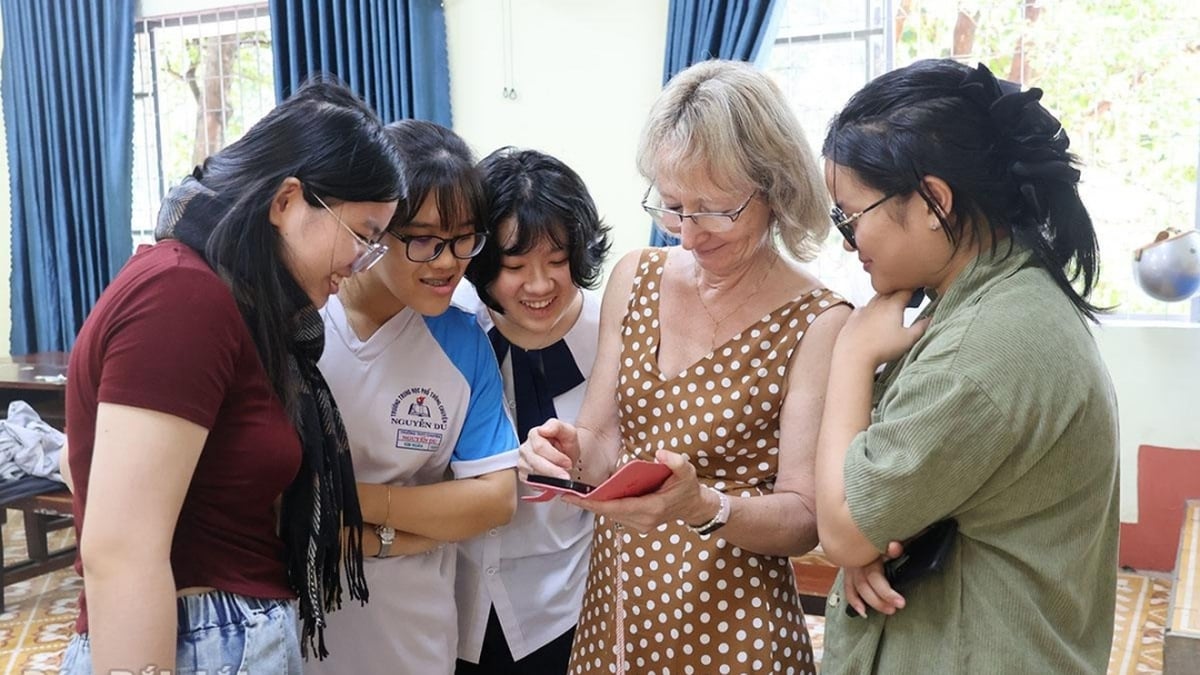




























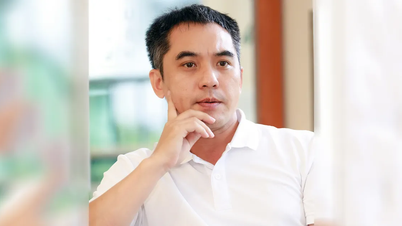

























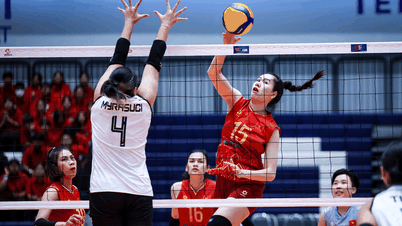
































Comment (0)